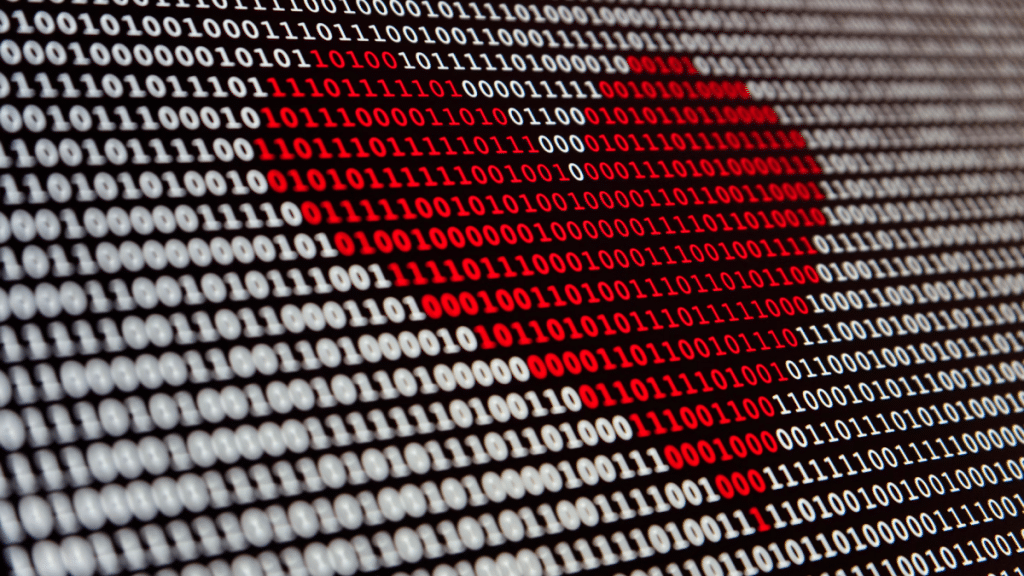In 1995, the first online dating service hit the web. Singles wanted to meet other singles who shared their interests and relationship goals. They completed a dating profile, and the matching process involved a lot of “hands-on” work on the part of the site staff to make those matches.
Other online dating services soon followed, and the concept and process were essentially the same. From a large database of users, techies pulled common keywords from profiles. Looking back, it was a pretty crude process.
Demand Drives Innovation
Today, there are more than 8,000 online dating services globally. How did we get here?
The answer is simple – demand.
Consider modern consumers. They want speed and efficiency in everything they do online. If a site doesn’t load in 3 seconds, they move on; when they make purchases, they demand a streamlined process that can be completed within a couple of minutes. If they have customer service issues, they want them resolved “right now.”
Can we imagine that they want speed and efficiency in dating and romance too? We don’t need to imagine – it’s already here. Over 400 million people worldwide are using dating services just for this purpose.
This demand has led to a lot of innovation, as the competition increases and each service tries to set itself apart in the marketplace.
- There are niche dating apps for specific segments of the dating population – seniors, divorced, single parents, the LGBT community, Christians, and even farmers, etc.
- All-encompassing dating services have developed sections and pages dedicated to specific populations of daters – learn more with this example. And this specificity has allowed users to navigate to their preferences quickly.
- Many dating apps now offer a large range of features – chat groups, social media integration, video chats, and more.
Enter AI and ML
With all of the other innovations and features, user satisfaction is still built upon the matching process (and a few other things), and AI and ML are providing the experiences that bring about that satisfaction. Let’s have a look-see at how AI and ML have transformed the world of dating and romance.
Far Better Personalized Matching = Greater User Satisfaction
Ai matching algorithms have revolutionized the matching process. In the past, users were presented with a huge number of potential matches and had to spend hours going through those profiles to find those that piqued their interest.
AI learns from every piece of data it gathers on an individual user via profiles, stated preferences, interests, relationship goals, swiping behaviors, etc. And the algorithm then churns through all other users to present a far more detailed and personalized (and much smaller) list of matches.
Enhanced Overall User Experiences
Based upon what is learned about users in more general terms, AI and ML improve user experiences in important ways:
- It can help users develop more engaging profiles with prompts and questions that AI and ML know will work in attracting others
- It can add quizzes and gamification to the whole dating process
- It can offer “icebreaker” questions and messaging when users begin to connect with each other.
- It can provide instant language translations so users can connect with singles and cultures on a global level.
More Safety and Security
A lot of people have avoided dating sites for several reasons. They worry about their personal information being hacked; they worry about meeting total strangers online; and they worry that other types of “bad guys” are on these sites too – trolls and others who mean them harm if they should decide to meet up in person.
AI and ML have developed systems that will flag behaviors of suspicious users, so that they may be investigated and thrown off the site if their purposes are not genuine or if they are bots or fakes.
This adds a greater sense of security to all genuine users.
Where We Are Right Now
AI and ML are creating a revolution in the world of dating and romance. They have allowed online dating services to streamline and more accurately find highly curated matches for their users.
At the same time, they have enhanced the entire user experience from profile development to fun interactions, such as games and quizzes.
What’s more, singles who use dating apps can feel safer knowing that the processes are in place to weed out fakes, bots, trolls, and hackers.
Overall, these two technologies have met the demands of consumers for an easier and more streamlined method to meet singles and to establish connections without going through the laborious process of meeting in person first and spending time and money getting to know them before deciding they are not “the one.” Instead, that “get to know you” process is carried on virtually before in-person dates occur.
Where We Are Going
The possibilities are only limited by the technology that is to come. And that means they are basically endless.
Already, dating services are working on virtual dates via AR and VR. Couples will be able to create avatars and “travel” to some of their mutually favorite spots, take in the sights, and enjoy each other’s company.
Perhaps holographic dating in one’s living room is next.
Whatever the future holds for digital dating, we can be certain of one thing – it will follow consumer demands.
and to prevent perpetuating stereotypes, creating a more equitable environment for all users.
